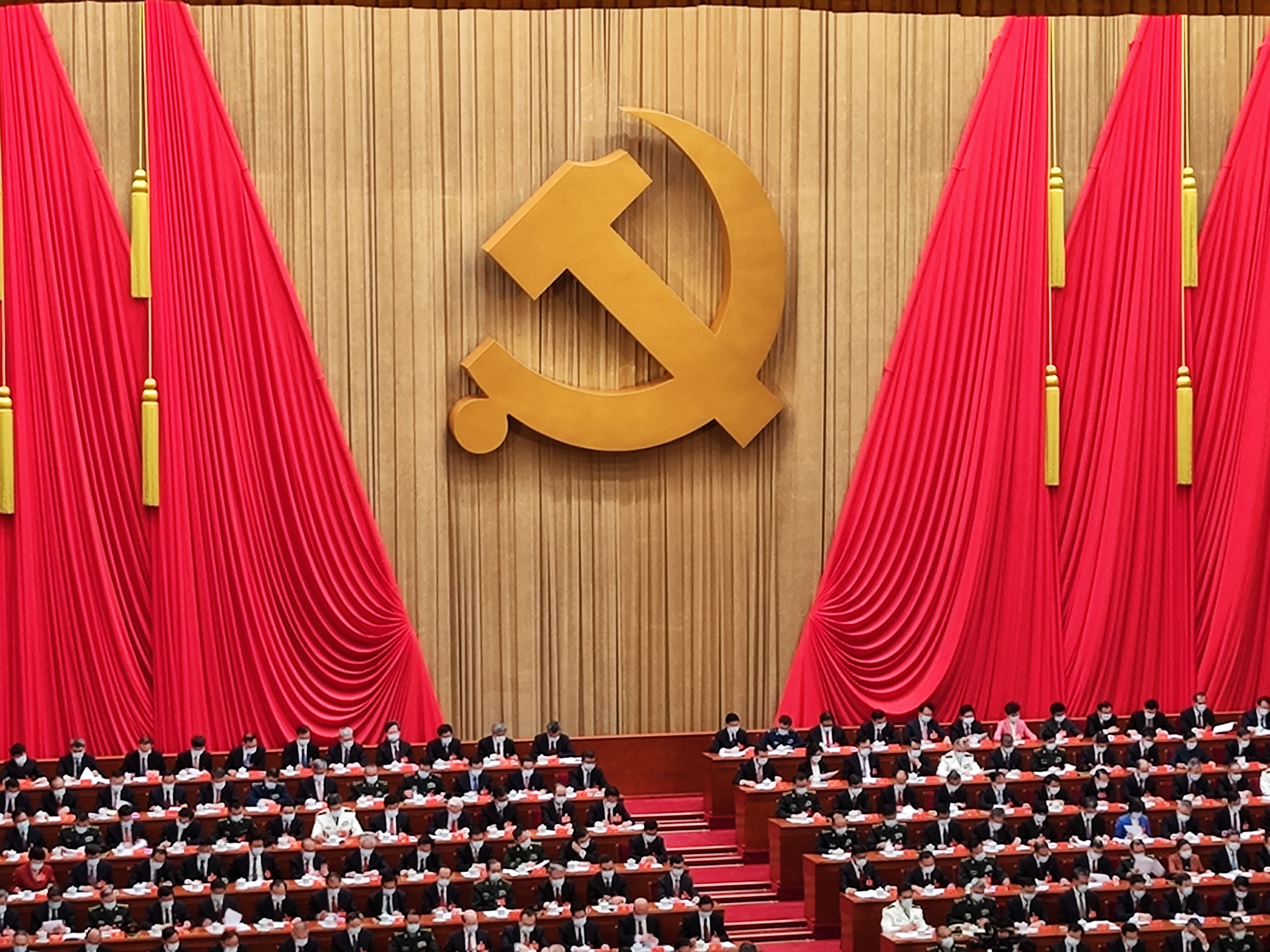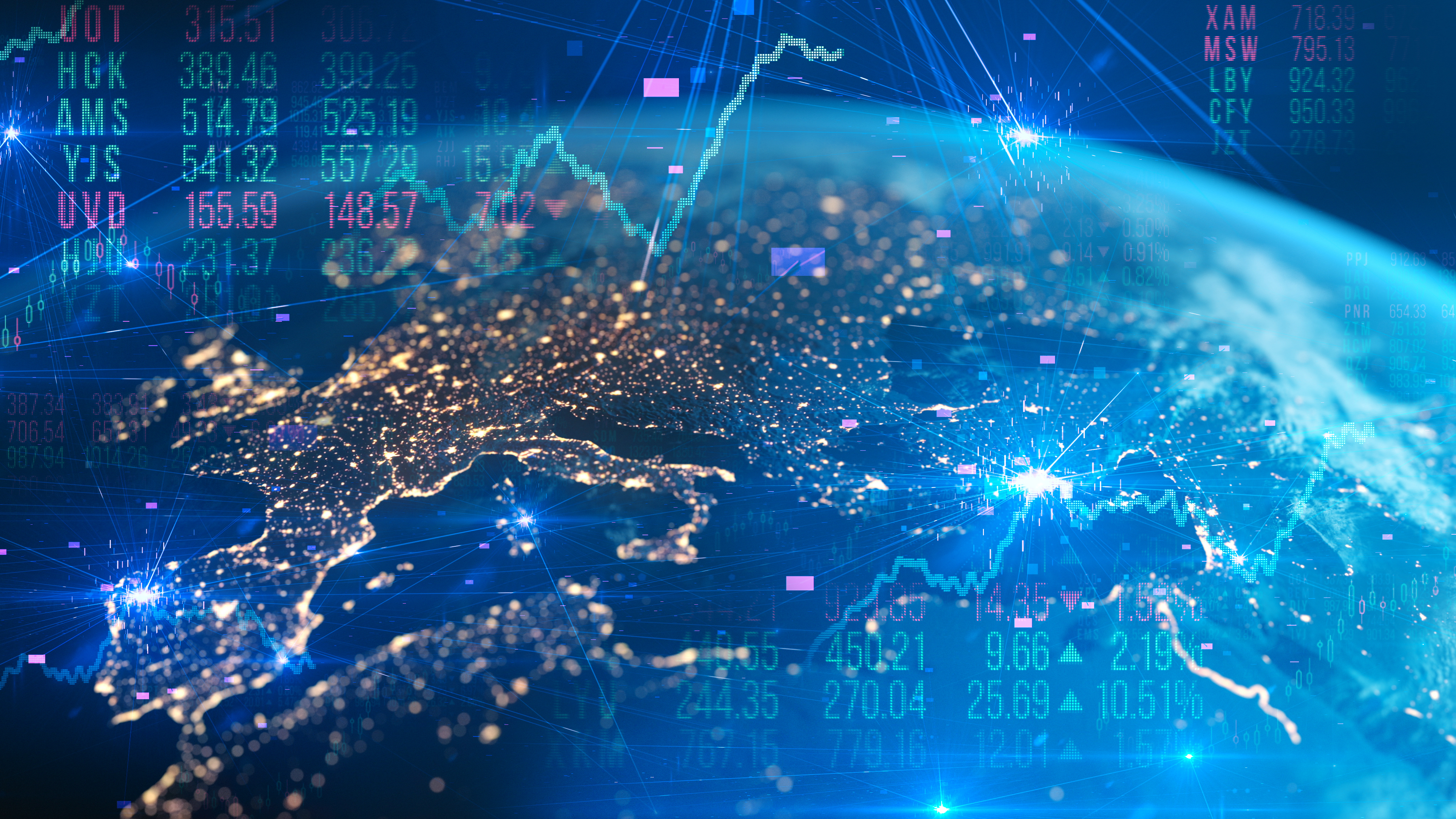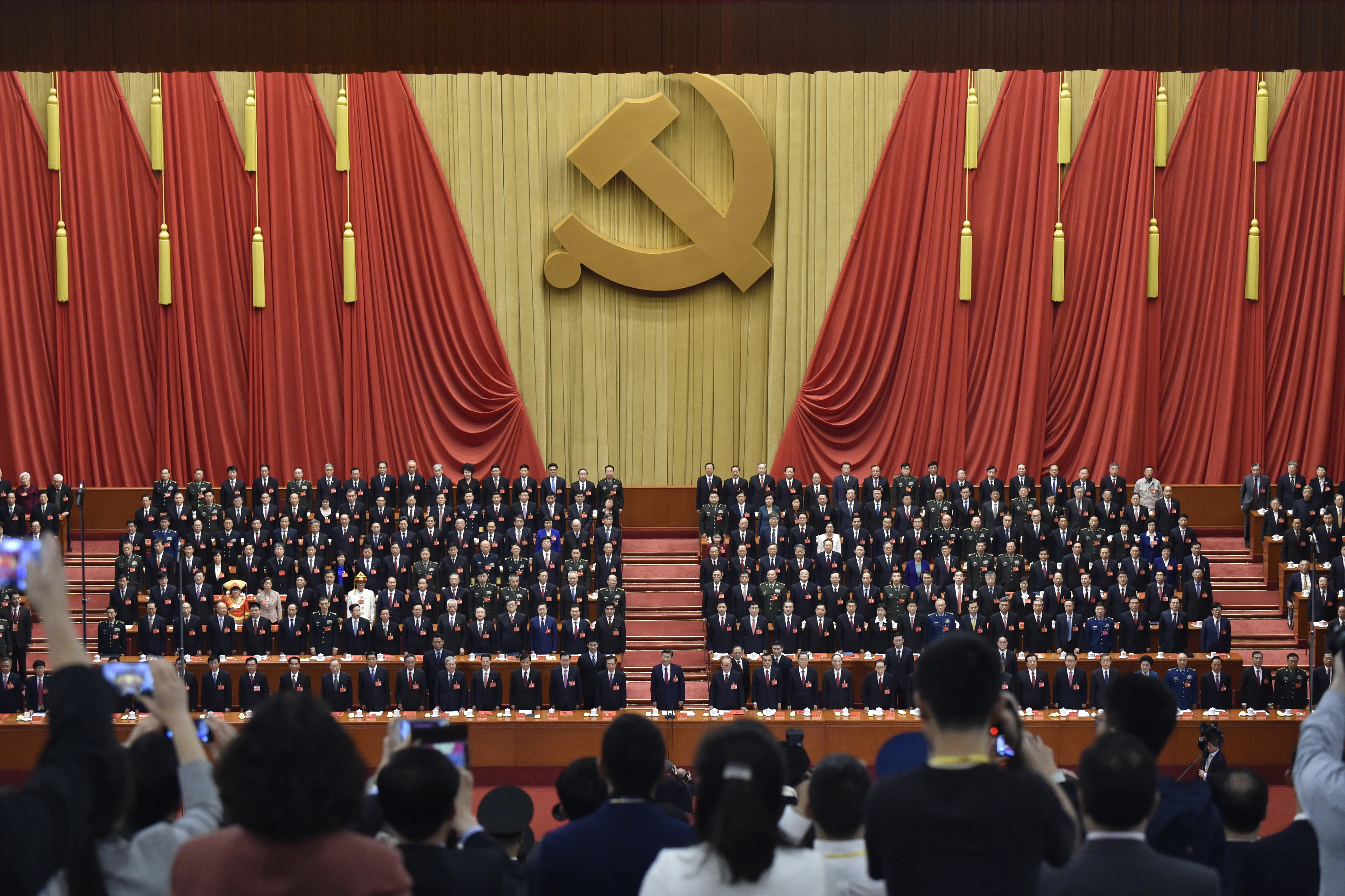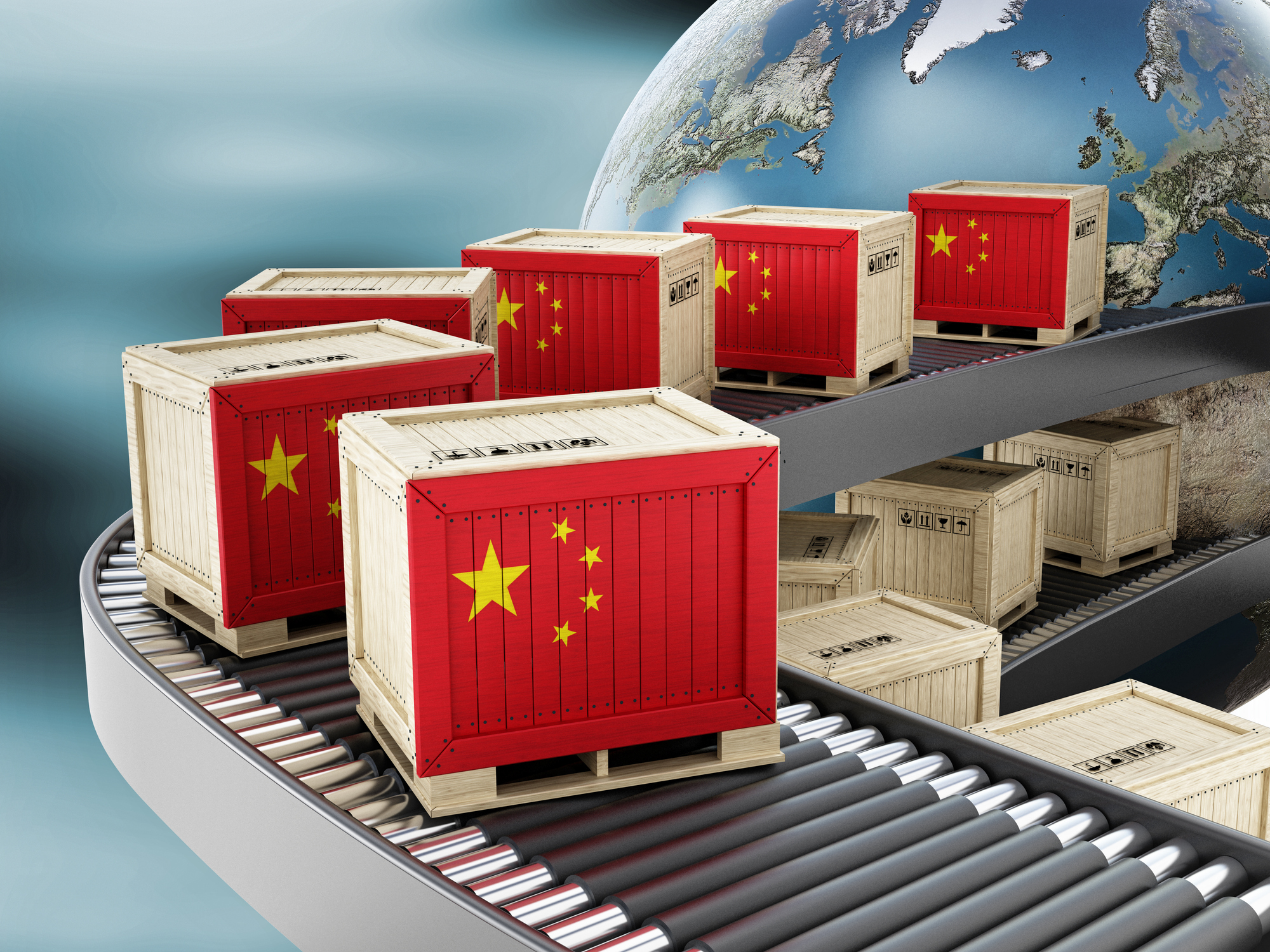
Between March 9 and March 13, as the coronavirus pandemic raged through Europe and parts of the United States, global stock markets contracted sharply, losing roughly $10 trillion in value. In Europe especially, all indices were down sharply as casualties soared in Italy and Spain. Driving the sell-off were worries about the pandemic’s impact on the real economy, fears that are unlikely to be assuaged any time soon. In this interview, the second in our series spotlighting COVID-19’s economic fallout, Senior Fellow Ke Long explains the markets’ reaction and shares his views on the immediate and extended outlook for the world economy, with special reference to the global supply chain.
* * *
——What has been the coronavirus’s impact on the world economy so far, starting with the stock market?
KE LONG: It was widely assumed that the spread of COVID-19 would trigger a decline in stock prices, but the steep drops of the past two weeks have taken a lot of people by surprise. All the world’s leading stock markets have been hit hard, including the Japanese and European exchanges, and at this point no one can be sure how far prices will fall or when they might return to pre-pandemic levels.
——Can you explain why this is happening simultaneously in all the major markets?
KE: The answer is obvious if you think about how today’s world differs from the world in the first half of the twentieth century. Globalization has transformed the world economy. The COVID-19 crisis has hit at a time of unprecedented economic interdependence.
The outbreak that began in China has quickly spread to one region after another. On March 13, the World Health Organization designated Europe as the new epicenter of the pandemic, and it’s feared that the United States and maybe Canada will be next.
In today’s interconnected world economy, the pandemic has severed or disrupted the global supply and value chains that link companies to suppliers and customers worldwide. The initial plunge in stock prices reflected mounting concerns about the consequences of those disruptions for industry, especially in the manufacturing sector. Investors were retreating to safer assets in order to minimize their exposure to that risk.
——To what degree have the economic fundamentals actually deteriorated in the past two weeks?
KE: Theoretically, stock prices reflect the strength of businesses’ fundamentals, such as earnings and financial position. We’re advised not to worry about short-term fluctuations in stock prices as long as the fundamentals remain sound. In this case, however, investors were acting on broader concerns over the likely impact of supply-chain disruptions, especially on the manufacturing sector.
Nowadays, we need to pay special attention to the global supply chain, which spans national borders. If one examines these networks, one is struck by the dominant role of China as “the world’s factory,” supplying parts, components, and finished products to companies around the world. In bottom-line terms, such partnerships have been a huge plus for Japanese, American, European, and South Korean businesses. And while the situation in China appears to be improving, no one is really sure when business will return to normal.
Meanwhile, COVID-19 continues to spread around the world. At this point, there’s no cure, and the WHO has said that development of a vaccine will take at least eighteen months. If closures, lockdowns, and travel restrictions drag on, there’s no way the world economy can avoid a major slump. So, investors have been fleeing the stock market, causing stock prices to drop even further in a vicious circle.
——The world’s leading central banks have taken concerted action by lowering interest rates and boosting the money supply. Why haven’t the markets responded?
From a textbook viewpoint, economic crises like this call for government intervention. In the past, monetary policies at the national level were often sufficient. But in today’s interconnected, interdependent global economy it’s not enough for each country to put out its own fires individually. The thinking is that we need a cooperative multinational fire-fighting response. That’s why the leading central banks all moved together to implement the same credit-easing policies. So, why isn’t it working?
The main reason, I think, is that even now—more than a decade since the recession triggered by the 2008 subprime mortgage crisis—many governments have maintained loose monetary policies. Japan, with its negative interest rates, is a case in point. When interest rates fall below a certain level, there’s no incentive to lend, so banks and other lenders just hold onto their cash. This is called a liquidity trap, when conventional monetary policy ceases to have an effect on the lending, investment, and consumption that power the real economy. Without some indication that the real economy is going to improve, stock prices continue to fall. We’re in a situation where monetary policy has largely ceased to function.
——What sort of policies would be most effective at this stage, with infections still spreading?
KE: Well, we need to slow the pandemic’s spread, of course, and we’re going to need fiscal and monetary policies to resuscitate the economy. There are a range of measures that need to be taken, but trying to do everything at once is not generally an effective approach. The important thing is to set priorities and tackle the problems in order of urgency.
The most urgent task right now is containing the virus and halting the epidemic—not stimulating the economy. Nothing we do in terms of fiscal or monetary policy is going to have much effect until the health situation stabilizes.
——What’s your prognosis for the world economy going forward?
KE: From a short-term standpoint, the biggest worry is the effect on small and medium-sized businesses, especially in the service sector. With consumer spending way down and the supply chain partially paralyzed, a lot of these businesses could go under in the coming weeks and months. Since small firms in the service sector tend to be labor intensive, that would leave a lot of people unemployed. I would say there’s a high probability that unemployment rates will soar in many of the world’s leading economies.
The stock markets are likely to settle down once the pandemic begins to subside. But how soon it recovers depends on the fundamentals. Among the key factors is how quickly businesses can rebuild their broken supply chains. I imagine there’s going to be a major push by multinational firms to diversify their risk by developing production and supply centers outside of China. The coronavirus has demonstrated the dangers of excessive concentration in one country, and businesses don’t want to be in the same position when the next crisis strikes.
The human and economic toll of the COVID-19 pandemic continues to mount as we speak. But over a period of six months or a year, we’re going to see new supply chains take shape and business activity gradually pick up. There’s a good chance, in my opinion, that the new supply chains will be more efficient than the ones they replaced. So, while I would urge caution regarding any short-term prognosis for the world economy, I see no particular need for pessimism over the long run.











